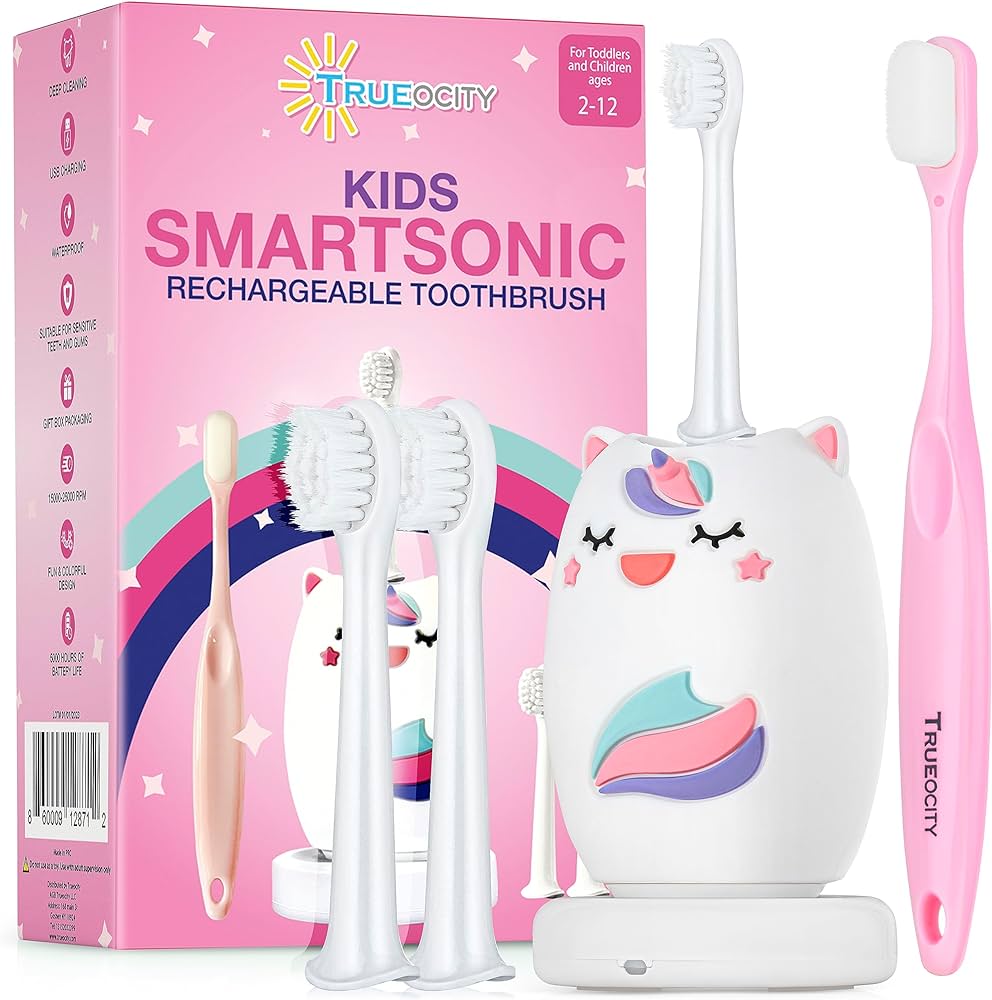
Can an electric toothbrush be used while it is charging?
Introduction
Electric toothbrushes have become popular for their effectiveness in maintaining oral hygiene. However, there may be some confusion about whether it is safe to use an electric toothbrush while it is charging. In this article, we will explore the topic of using an electric toothbrush while it is charging, providing specific details and addressing any concerns.
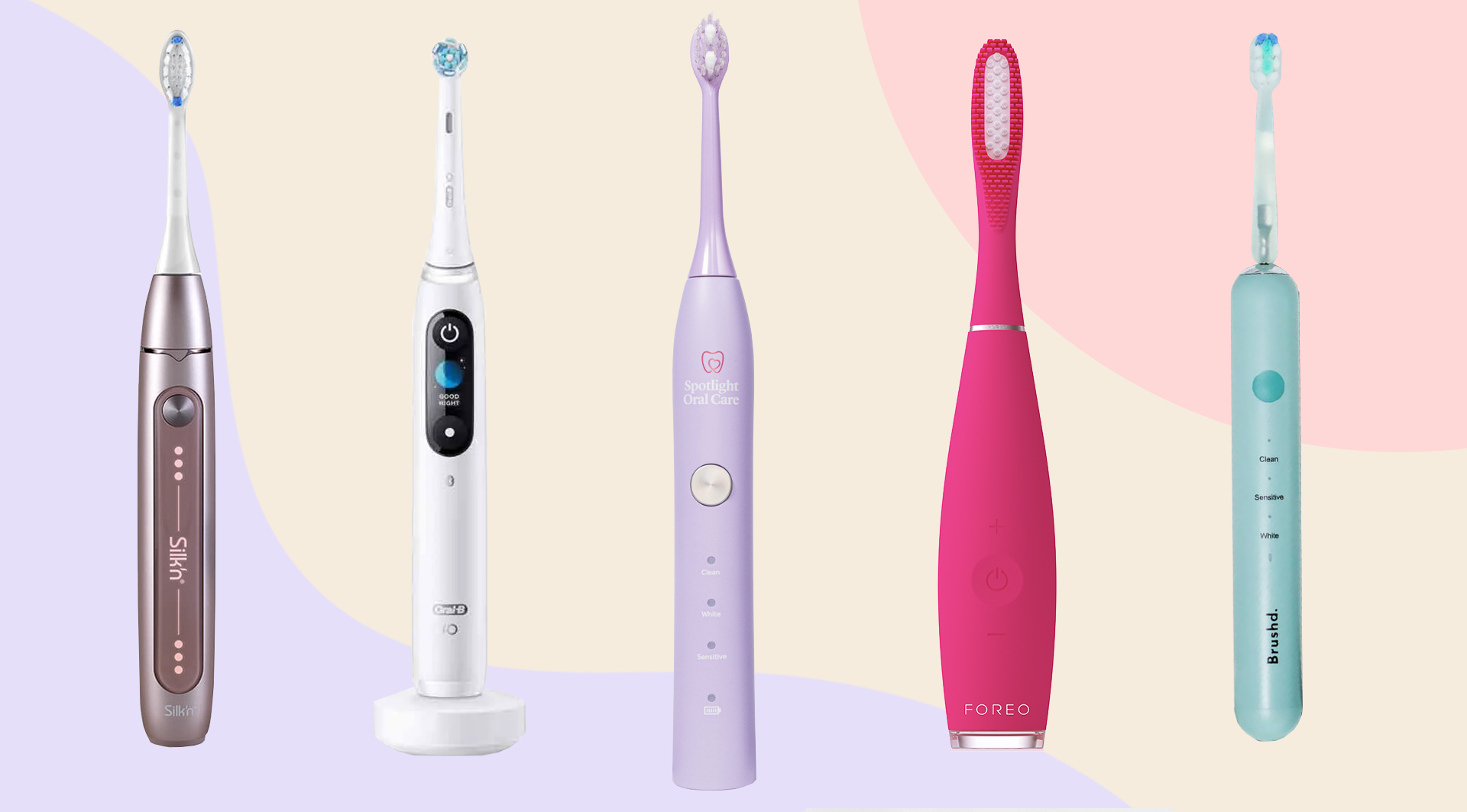
Can an electric toothbrush be used while it is charging?
Charging Methods for Electric Toothbrushes
Electric toothbrushes typically use one of two charging methods: inductive charging or direct charging. Inductive charging involves placing the toothbrush on a charging base or stand, which then transmits power wirelessly to the toothbrush. On the other hand, direct charging involves plugging the toothbrush directly into a power source using a charging cable.
Safety Considerations
When it comes to using an electric toothbrush while it is charging, safety is a crucial consideration. Here are some specific factors to consider:
Electrical Safety: Electric toothbrushes are designed to meet safety standards and regulations regarding electrical safety. Manufacturers take precautions to ensure that the toothbrushes are safe for use during charging. Electrical systems are designed to minimize the risk of electrical shocks or malfunctions.
Water Resistance: Electric toothbrushes are typically designed to be water-resistant or even waterproof. This allows them to be safely used in wet environments such as the bathroom. Water resistance is an important safety feature, as it helps protect the user from electrical hazards when using the toothbrush.
User Manual Recommendations: It is essential to review the user manual provided by the manufacturer. The user manual contains specific instructions and safety guidelines for using the electric toothbrush, including any recommendations or restrictions regarding using the toothbrush while it is charging.
Battery Safety: Electric toothbrushes incorporate rechargeable batteries, usually lithium-ion batteries, which are known for their safety and stability. These batteries are designed to handle the charging process without posing a risk to the user. Manufacturers implement safety features to prevent overcharging or overheating of the battery.
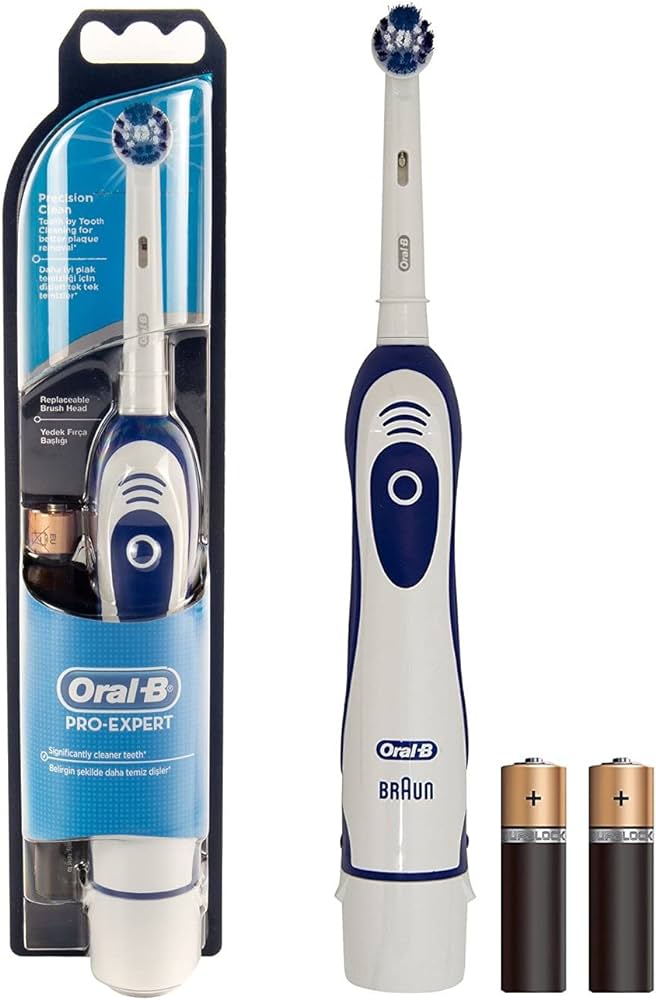
Manufacturer Recommendations
To ensure safe usage, it is important to follow the recommendations provided by the manufacturer. Different manufacturers may have specific guidelines regarding using the toothbrush while it is charging. Here are some possible scenarios:
Some manufacturers explicitly state that their electric toothbrushes should not be used while they are charging. This recommendation may be in place to avoid any potential electrical risks or to prevent damage to the toothbrush.
Other manufacturers may allow the toothbrush to be used while it is charging, as long as safety precautions are followed. These precautions may include ensuring the toothbrush is properly connected to the charging base, avoiding water contact with the charging components, and maintaining a safe distance from the power source.
Some toothbrush models may have specific features that enable safe usage during charging. For example, certain toothbrushes have a separate charging dock or stand that allows the toothbrush to be used more easily while it is being charged.
To determine whether it is safe to use an electric toothbrush while it is charging, it is important to consult the user manual provided by the manufacturer. The user manual will provide specific instructions and guidelines regarding the safe usage of the toothbrush.
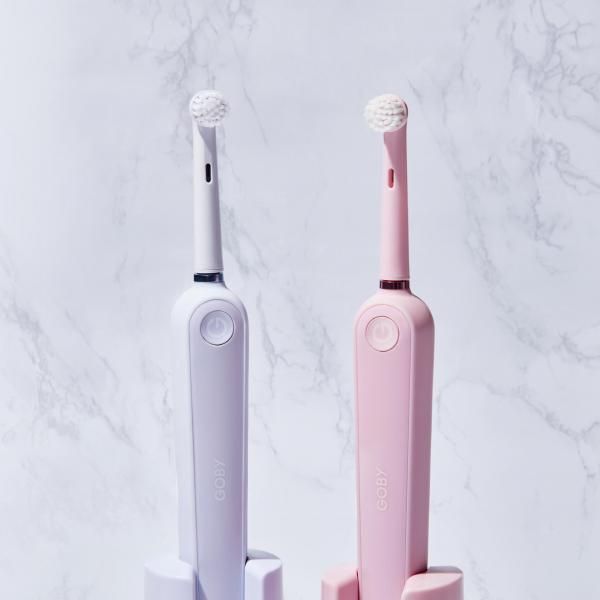
Benefits of Charging Separately
While some electric toothbrushes may allow usage while charging, there are benefits to separating the charging and brushing activities. Here are a few advantages:
Uninterrupted Brushing: Charging the electric toothbrush separately allows users to have uninterrupted brushing sessions. This ensures that the toothbrush has a full battery charge for optimal performance during brushing.
Enhanced Safety: Separating charging and brushing eliminates any potential risks associated with using electrical appliances while they are connected to a power source. It helps prevent accidental exposure to water and reduces the risk of electrical shock.
Extended Battery Life: Charging the toothbrush separately can help preserve the battery life in the long run. Over time, repeatedly using the toothbrush while it is charging may impact the overall battery performance and reduce its lifespan.
Convenience and Flexibility: Charging the toothbrush separately offers flexibility in terms of where and when the toothbrush can be used. Users are not restricted to being near a power source during their brushing routine, allowing for greater convenience and portability.
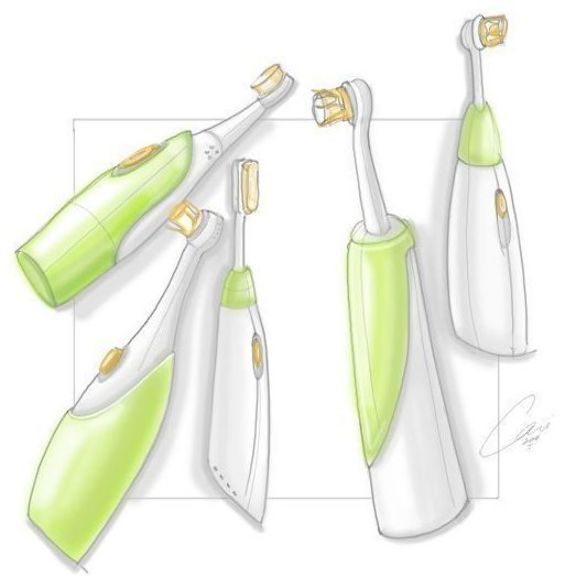
Additional Safety Tips
While electric toothbrushes are generally safe to use while charging, it’s essential to keep some additional safety tips in mind:
Avoid Water Contact: To minimize the risk of electrical hazards, avoid direct water contact with the charging components, such as the charging base or cable. Water and electricity do not mix well, so it’s important to keep the toothbrush and its charging components dry.
Unplug After Charging: Once the electric toothbrush has finished charging, unplug it from the power source. This not only ensures safety but also helps conserve energy.
Inspect for Damage: Regularly inspect the charging base, cable, and toothbrush for any signs of damage. If you notice any frayed wires, loose connections, or other issues, discontinue use and contact the manufacturer for assistance.
Allow Sufficient Charging Time: To ensure a full battery charge and optimal performance during brushing, allow the electric toothbrush to charge for the recommended duration. Consult the user manual for specific charging time recommendations for your toothbrush model.
Use Recommended Charging Accessories: Stick to the charging base and cable provided by the manufacturer or use authorized replacement parts. Using third-party charging accessories might compromise safety or performance.
Keep Away from Children: Electric toothbrushes and their charging components should be kept out of the reach of young children to prevent accidents or injuries.
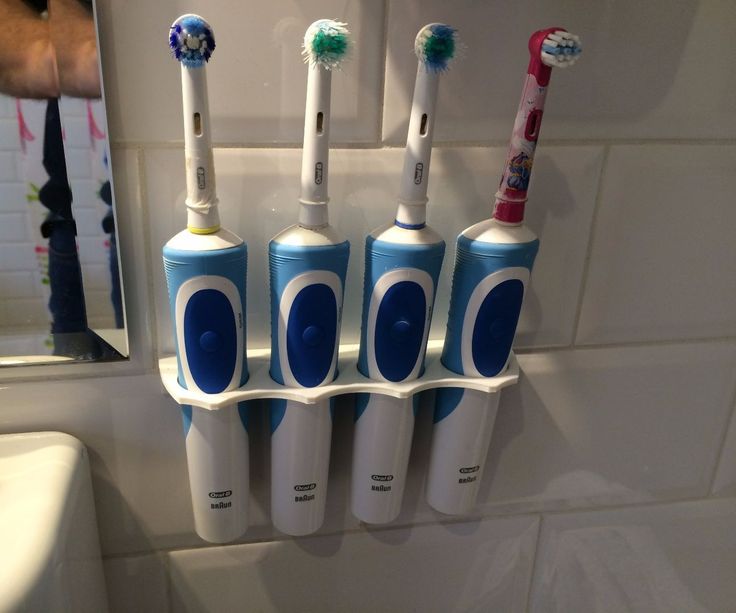
Conclusion
In conclusion, the usage of an electric toothbrush while it is charging depends on the manufacturer’s recommendations and guidelines. Electric toothbrushes are designed to meet safety standards and regulations, ensuring their safe usage during charging. However, it is crucial to consult the user manual provided by the manufacturer to understand specific safety guidelines and recommendations for the particular electric toothbrush model.
While some electric toothbrushes permit usage while charging, there are benefits to separating the charging and brushing activities. Charging separately ensures uninterrupted brushing sessions, enhances safety, preserves battery life, and offers convenience and flexibility.
To maintain optimal safety and performance, it is important to adhere to the manufacturer’s recommendations and guidelines, as well as common sense precautions such as keeping the toothbrush away from water during the charging process. By following these guidelines, users can enjoy the benefits of electric toothbrushes while ensuring their oral hygiene routine remains safe and effective.




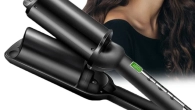
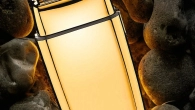
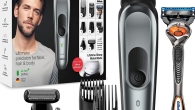

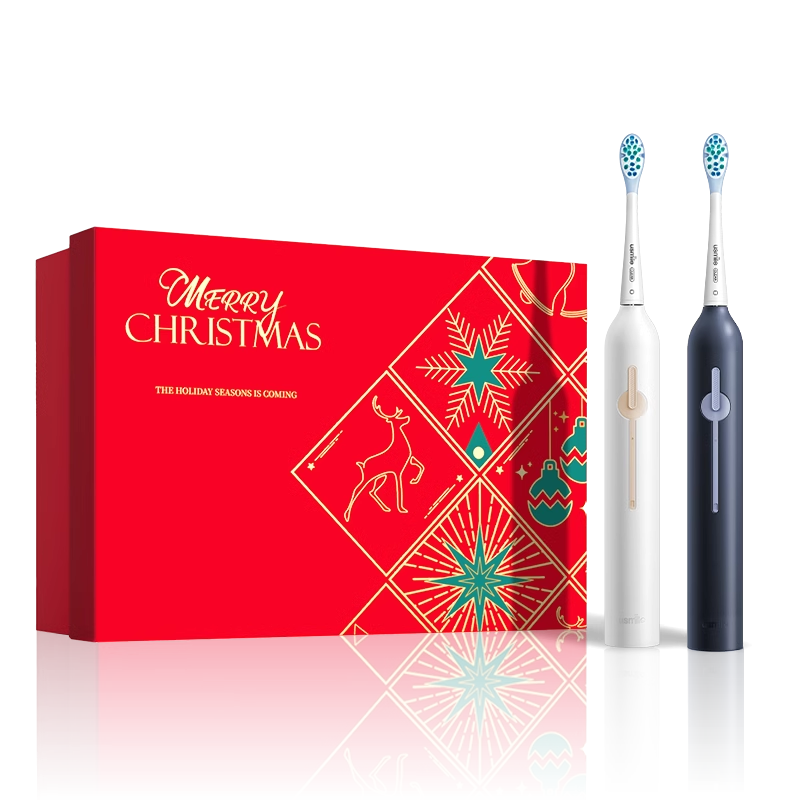


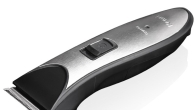
Leave a Reply
You must be logged in to post a comment.